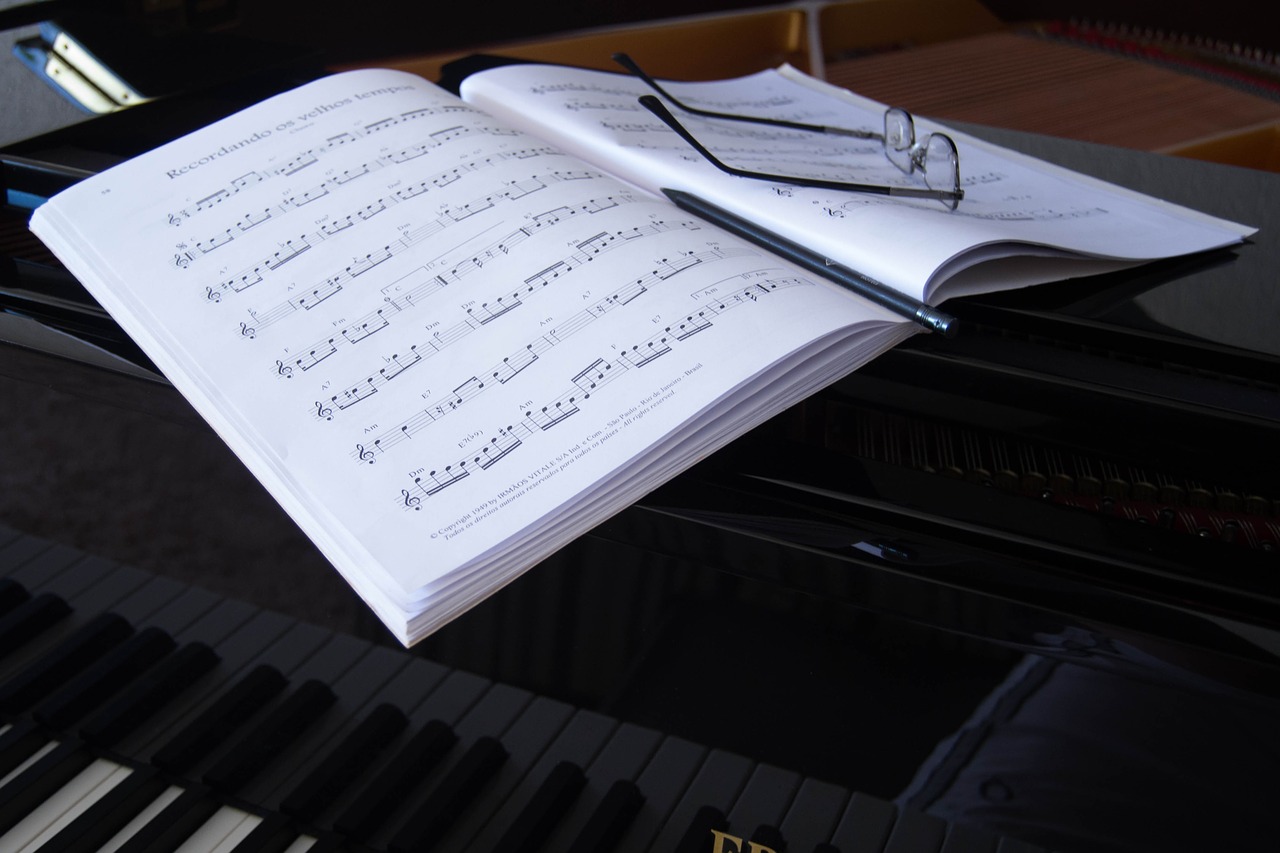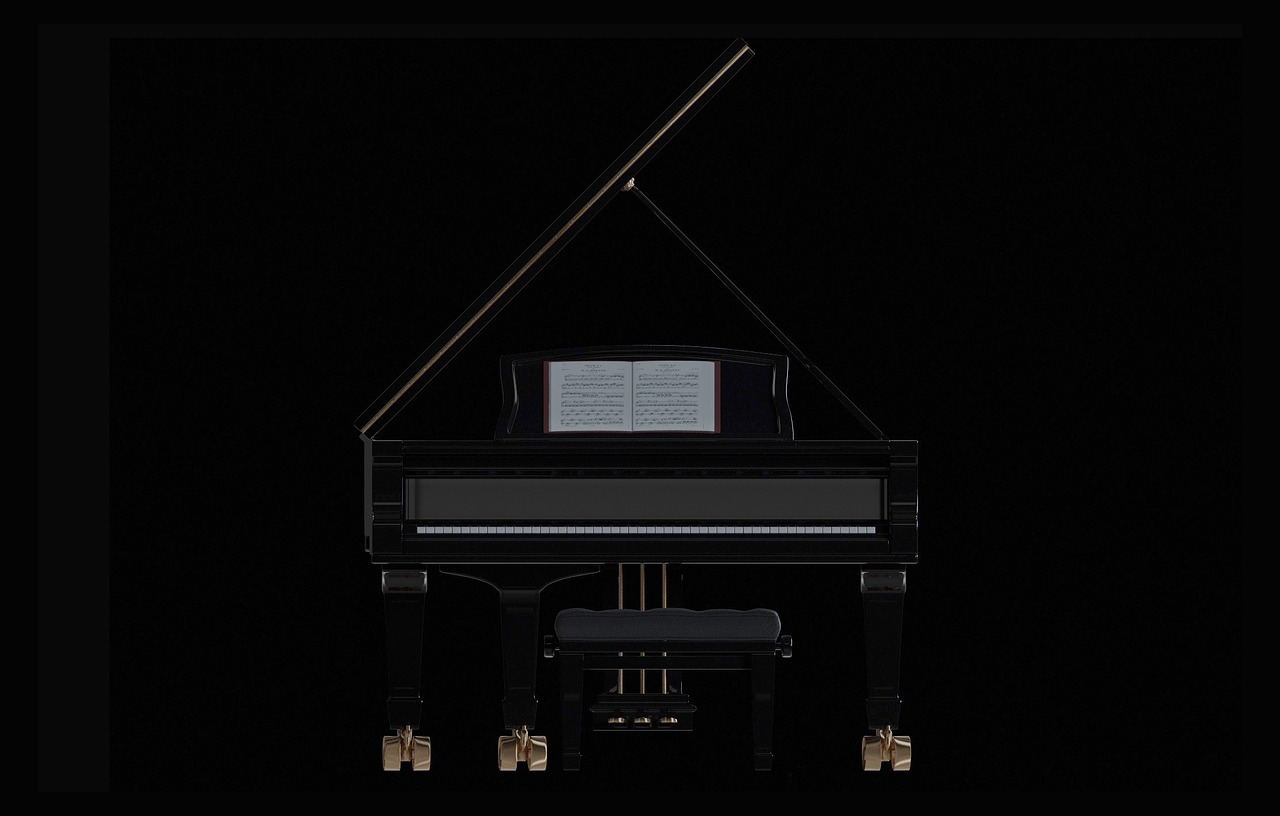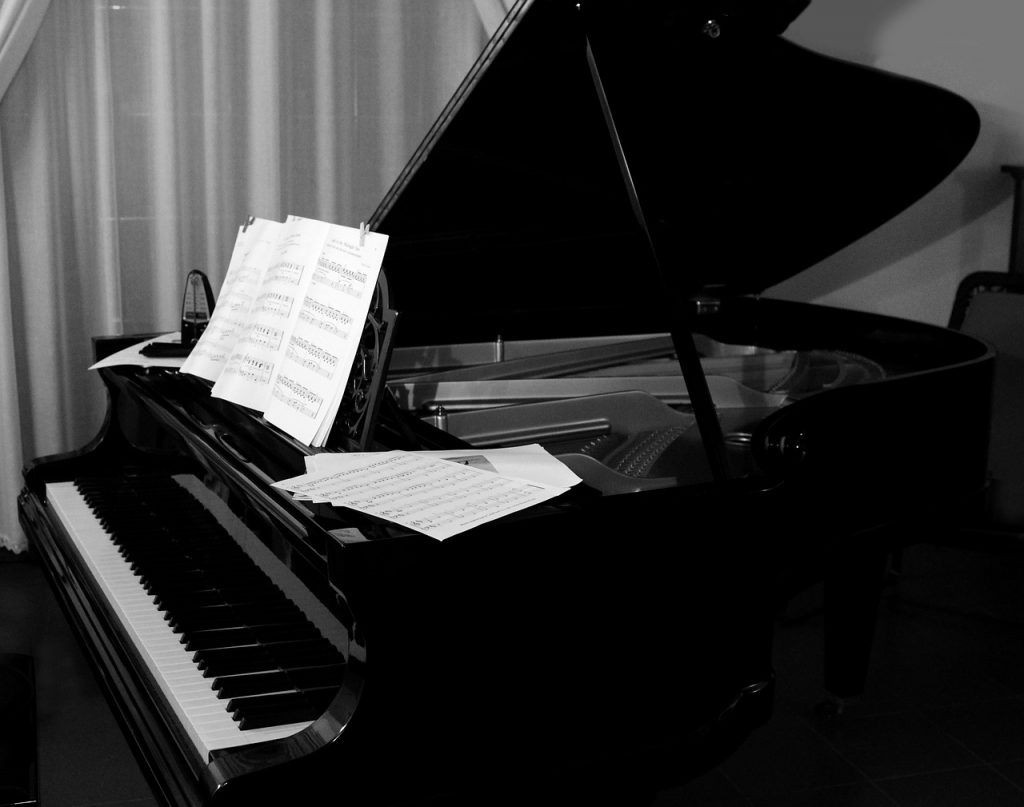Moving your grand piano can be stressful and difficult to plan. Typically weighing over 500 pounds, a grand piano is cumbersome, yet contains many intricate and delicate parts that can be easily broken. Because of this, moving a grand piano requires special care and experience. When preparing for and executing your move, several easily made mistakes could result in irreparable damage to your piano.
Here are six of the more common mistakes to avoid:
Mistake One: Pushing the Piano
Although many pianos have small wheels in the form of casters on their legs, avoid using these to move your piano. Casters are almost always decorative and can be stiff or brittle. Often, this results in the casters snapping off when someone attempts to use them.
In addition, as grand pianos are extremely heavy, pushing the piano can put large amounts of strain on the thin piano legs. This may result in cracks or, in some cases, the entire piano leg breaking off.

Mistake Two: Not Having the Right Equipment
Moving pianos takes specific equipment. Equipment required includes a four-wheel piano dolly, a skid board, and straps for the skid board, blankets, pads, a sturdy ramp, and tie-downs for the vehicle it is being transported in. Moving a grand piano without these materials is next to impossible. Attempting it without might result in injury to you and those assisting you or damage to the piano itself.
Mistake Three: Not Planning the Move
Planning the piano move from the original location to its new location should be done before the piano is loaded and waiting on a dolly. By measuring your route through the location, you can minimize the chance of damaging your piano.
Mistake Four: Removing the Lid
Although the legs on a piano can be removed while being moved, the lid should remain securely attached to the piano. The lid was not designed to be removed, and the hinge can weaken if unscrewed. Instead, the lid should be padded to avoid scratches and damage.
Mistake Five: Not Padding the Piano
Properly padding and wrapping the piano in blankets is crucial to avoid scratches in the wood finish. While being transported in the moving vehicle or navigating around sharp corners, it is particularly important to protect the piano’s surface.
Mistake Six: Not Removing the Lyre and Legs
It may not be obvious to some that the lyre and legs of a grand piano must be removed before moving it, but removing these two pieces of hardware will prevent damage and unnecessary added bulk while navigating the move.
Lyres may be difficult to remove depending on the age of a piano. Care should be exercised to avoid damaging it.

For many people, grand pianos are priceless both in monetary and emotional value. By ensuring you are knowledgeable and careful, you can decrease the chance of damaging your grand piano as you transport it.

